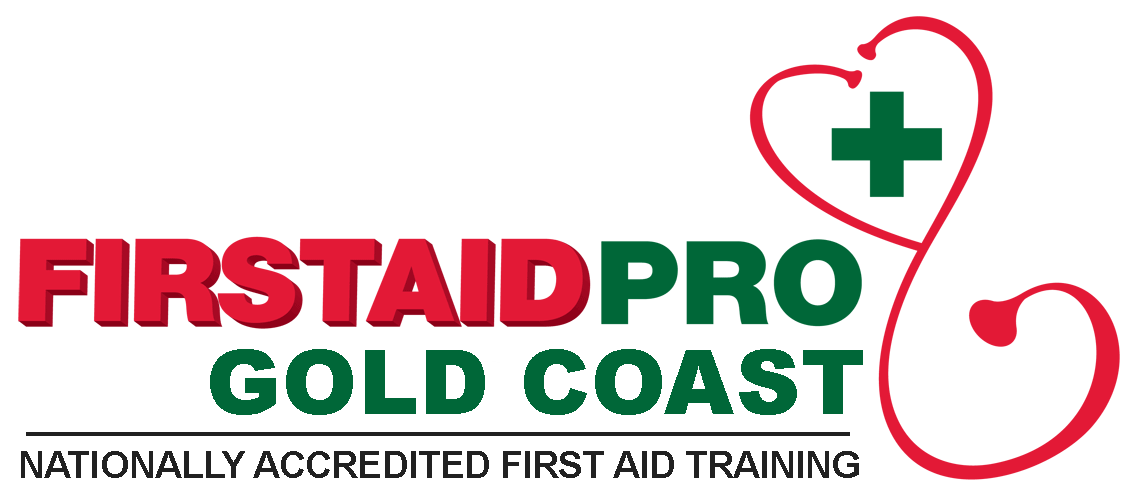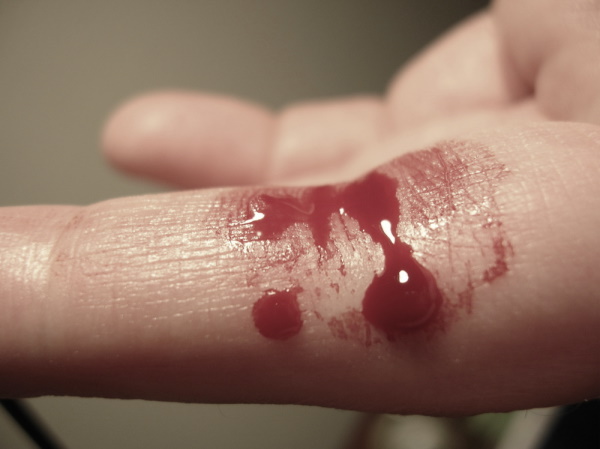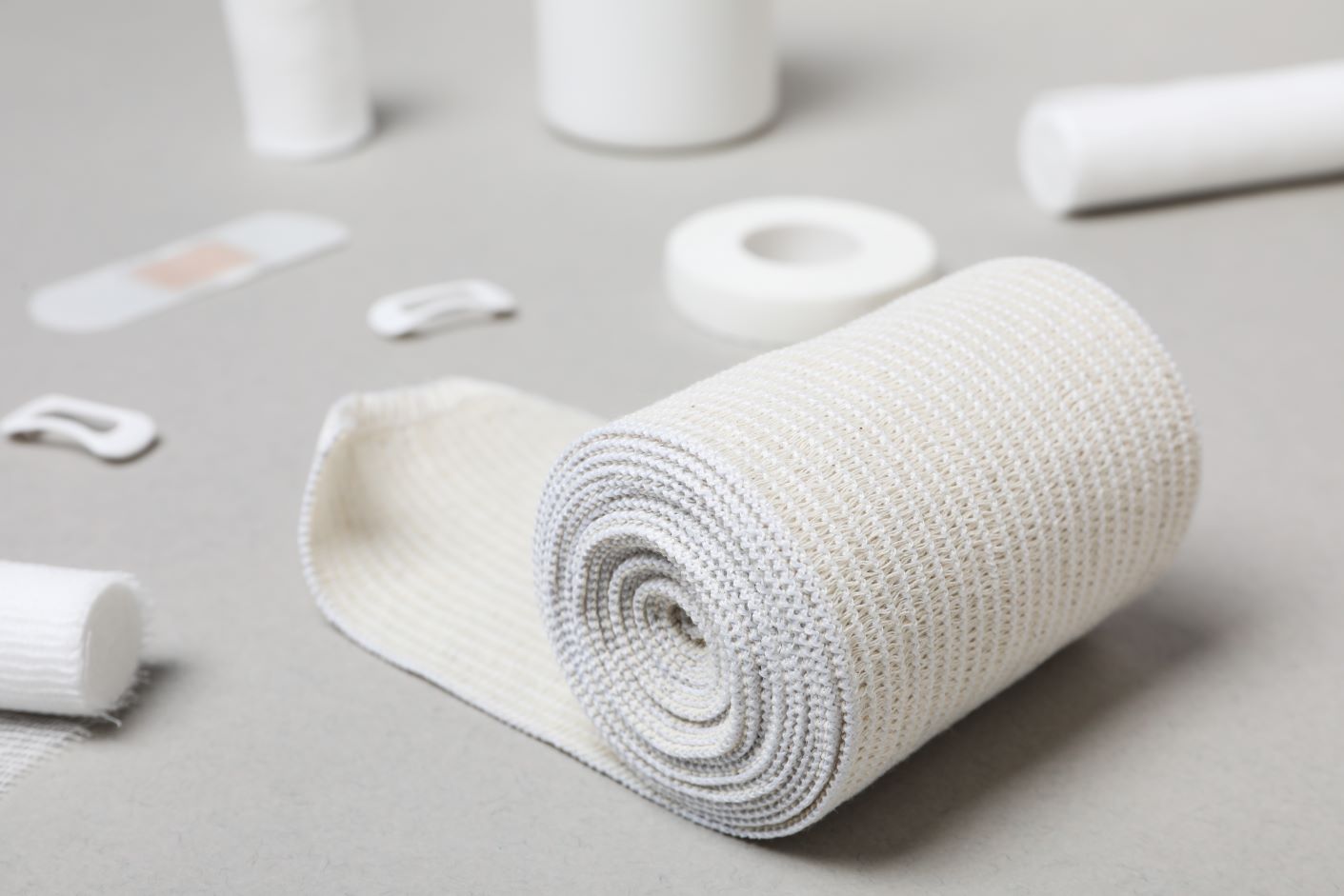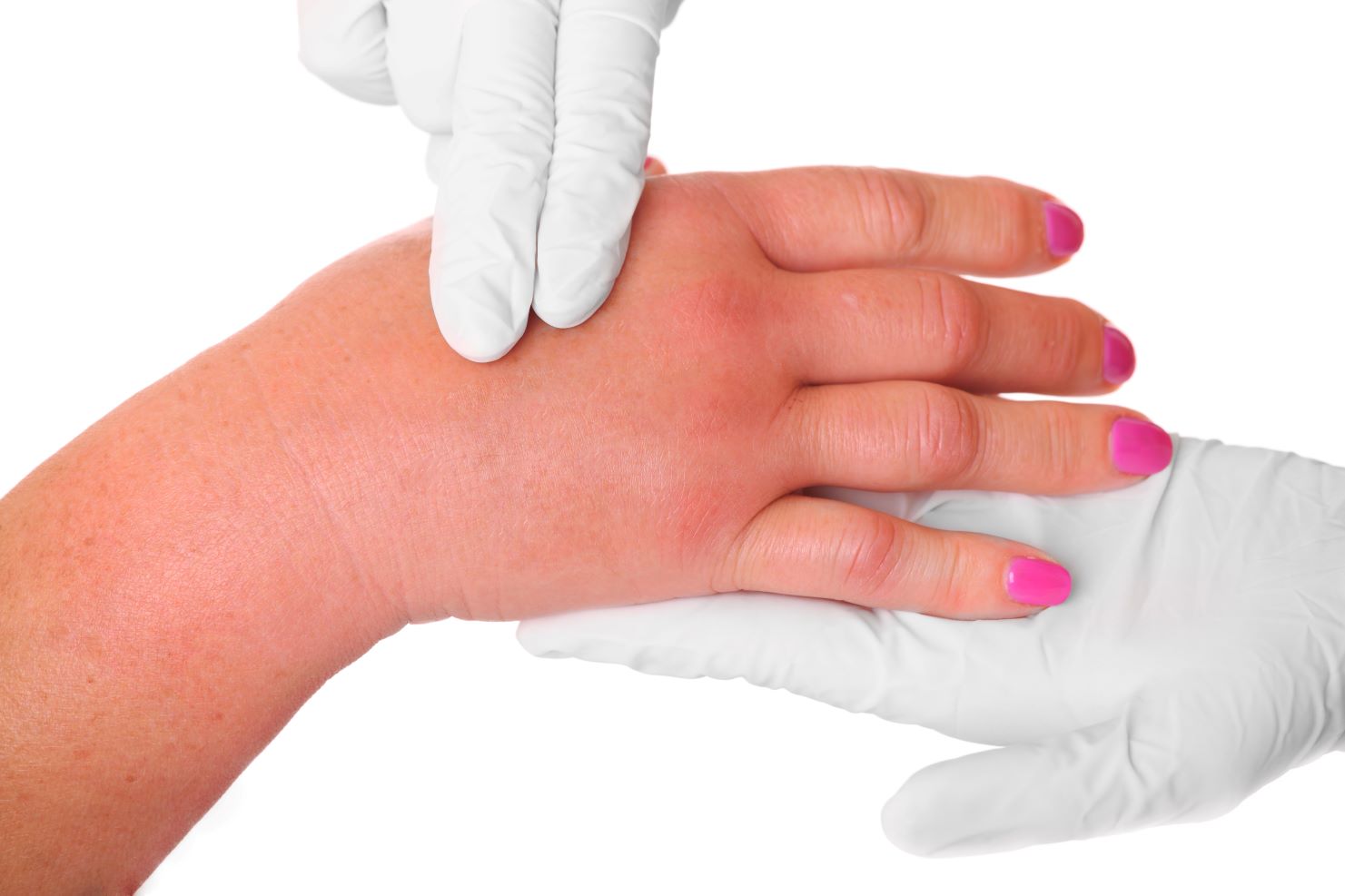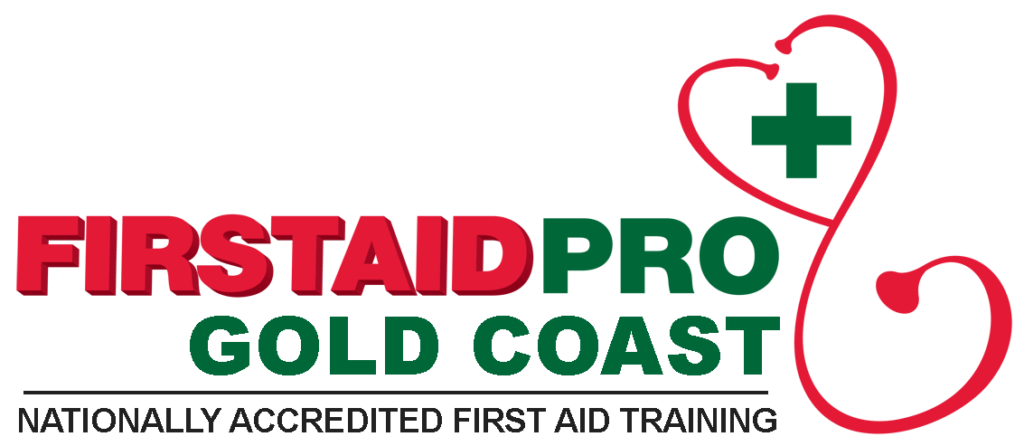When a medical emergency comes up, and someone is losing blood, sometimes you need to think and act fast – you don’t always have a lot of time to jump on google and search for first aid advice. So often, we can find ourselves falling back to whatever little bits of first aid advice come to mind.
The problem with that is that there’s a lot of bad advice out there, particularly when it comes to first aid. Some things used to be standard practice for first aid but were later shown to be wrong. Other ideas were always bad, but somehow they’ve still found a home in the public consciousness – and on the internet, like so many bad ideas. So what are some of the common myths about blood loss injuries that we need to know are wrong?
Things NOT to put on a wound
Peroxide or Alcohol
So the idea here is to use something that kills the germs in the wound and prevents infection. You might have watched action movies where they used peroxide or even a bottle of whiskey for impromptu surgery. But for a serious injury, you can actually do the person harm with some of those liquids. The problem is that the same stuff that kills the germs can also kill some of the cells around the wound and slow down the healing process. Not to mention the fact that they can really hurt!
The science now is that the best solution for cleaning a wound is plain, clean water and possibly some soap. Sometimes the simple solutions are the best.
Coffee Grinds
The theory is that you can use coffee grinds to soak up blood and stop the bleeding. Unfortunately, they can also make things worse – causing infections and making wounds incredibly difficult for even medical professionals to clean properly. A far better solution is simply to apply a bandage or gauze to the wound (or at least the cleanest cloth you can find) with some direct pressure. Once the bleeding stops or slows enough, you can wrap it more securely.
To tourniquet… or not to tourniquet.
For those who don’t know, a tourniquet (that’s “Torn-a-kay”, in case you don’t speak french) is a flexible belt, cord, or line wrapped tightly enough around a limb or digit to cut off some of the blood flow. While this is usually a bad thing, the idea is to limit the flow of blood to the wound and slow down blood loss. But in previous years, there’s been times when they were discouraged for fear that limiting the blood flow could cause harm to the patient.
The current wisdom, however, is that the tourniquet saves lives. This is based on statistics from military conflict and mass casualty events, such as public shootings and bombings in the US. Some statistics show civilians using tourniquets to slow blood flow can increase survival rates for life-threatening bleeding injuries by 600%.
In short, the current belief is that tourniquets do a lot more good than harm. So tourniquet away!
Using gravity
So, there are various bits of advice around how to make gravity work to your advantage when someone is losing blood. Not all of it is good advice. So what are some of the well known but potentially harmful tips?
Tipping your head back when you have a blood nose
So this one has been around for a long time, and it sounds good at the surface level – tilt your head backwards, so the blood doesn’t trickle out your nose and down your front. Unfortunately, what happens instead is potentially far worse. Tipping your head back means that rather than getting on your shirt, the blood trickles back down your nasal passages and potentially down your throat. This can potentially cause choking, nausea, and vomiting – or possibly all three at once.
A far better solution is to tilt your head forward and pinch your nose shut at the nostrils – as low as you can. Hold it for a good ten minutes, and then check if the bleeding has stopped. If not, it’s probably time for the ED – and make sure you’re not the one doing the driving, even if that means an ambulance! You really don’t want to blackout while you’re behind the wheel.
Elevate a bleeding limb
So there are injuries that lying down and elevating a limb helps with and injuries that it doesn’t. For example, “Shock” is a term used for a potentially dangerous drop in blood pressure from an injury. Head down, limb up can be a good short term strategy for that, as part of the danger is lack of blood to the brain – and having your head low can promote blood flow to the brain and away from the injury.
It doesn’t help with any injury that involves arterial blood vessels – which is most injuries with large amounts of blood loss. Your heart pushes blood up through your arteries and into your brain 24 hours a day. It’s quite capable of pushing it up into the injured limb you’ve placed up on a chair.
Leaving the dressing on
Once the bleeding has stopped and you’ve dressed the wound, the question is then how long do you leave the dressing in place? It’s not uncommon for people to assume the dressing can act like a scab – and remain in place until the wound is mostly healed. But the reality is that wound dressings should generally be changed fairly regularly. Otherwise, you can get unwanted moisture and potential infections.
Swap the dressing over, clean the wound, possibly apply antibacterial ointment, and allow the skin to dry out a little before putting a new dressing on.
Know what you’re talking about
So how can you sort the good ideas from the bad when it comes to first aid and blood loss injuries? Especially when some of these “bad” ideas used to be the standard for first aid.
Ultimately, the best way to get up to date knowledge of best practice first aid is by doing a training course. Fortunately, that’s not a hard or expensive thing to do. FirstAidPro’s primary first aid training course – HLTAID011 Provide First Aid – is a one-day training course for less than $100. It provides you with up to date skills and knowledge of how to respond to a wide variety of accidents, injuries and illnesses.
Why not be the person who knows the RIGHT thing to do in a medical emergency?
@firstaidproau What to do if you accidentally cut yourself. ##fyp ##firstaid ##cut ##blood ##bandage ##tiktoktaughtme ##education ##facts ##learnontiktok ##explore ##foryou
♬ SAN FRANCISCO - Westover
